18 Sep SOUND Week Day 3: How the sounds of our world affect our health, well-being, and productivity.
Posted at 09:00h
in Articles
It is time to be aware of the sounds around us, and to think about the way these sounds affect you – the way the world sounds has a measurable effect on our feelings, our ability to heal, our productivity at work, and our well-being. All of this weeks fast facts come from a research paper called “Building in Sound”, which is an in depth look at sound and health (link at the bottom of this article). Not interested in reading this informative 19 page article? Read below for some of the most interesting facts:
Day 3: Noise and your Health
- The average noise level in some hospital wards not only impedes healing, but could legally require hearing protection. The World Health Organization reccomends that noise level in hospitals stay around 35 decibels. A study in the US found the average noise level in hospital wards to be closer to 95 decibels – this is 10 decibels louder than the noise level at which Canadian law requires hearing protection for prolonged exposure. Sleep is crucial for patient recovery, but with the constant beeps, shuffling, etc., the body is constantly in a state of alarm. On top of the reduced recovery, staff errors will increase as the level of distracting noise increases.
- 3% of cardiac arrest cases in Germany have explicitly been linked to traffic noise. This alarming fact was found in a press release in 2009 from the Environmental Protection UK.
- Each year, noise pollution takes a day off the life of every adult and child in Europe. The World Health Organization’s 2011 report that found that noise pollution costs Europe 30.8 billion a year, also looked at the cost of noise pollution in terms of life expectancy. They determined that every year, one million years are taken off European’s collective life expectancy – this averages to one day per person.
Want to know more? Here is the full document where all of this information was found:

